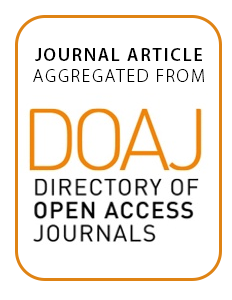Resource information
Peninsula effects - decreasing richness with increasing distance along peninsula lobes - have been identified for
many taxa on large peninsulas. Peninsula effects are caused by differences in colonization and extinction predicted
by island biogeography or by environmental gradients along the peninsula. We compared species-area regressions
for cove patches (i.e., mainland) to regressions for lobe patches (i.e., on peninsula tips) for wet meadow birds
along a highly interdigitated shoreline (northern Lake Huron, USA). We conducted analysis both with and without
accounting for variation in habitat and landscape characteristics (i.e., environmental gradients) of wet meadows.
Species-area regressions for coves did not differ from lobes, nor did these results differ when we accounted for
gradients. Similarly, few species were more abundant in coves. Peninsula effects may have been lacking because
lobe patches were located ≈ 800 m on average from the mainland, and birds are highly mobile and can easily
sample patches over these distances. One important caveat was that wet meadow patches > 5 ha were located in
coves, so coves would still be important considerations in conservation plans because of the contribution of large
patches to reproductive success, dispersal and population dynamics.



